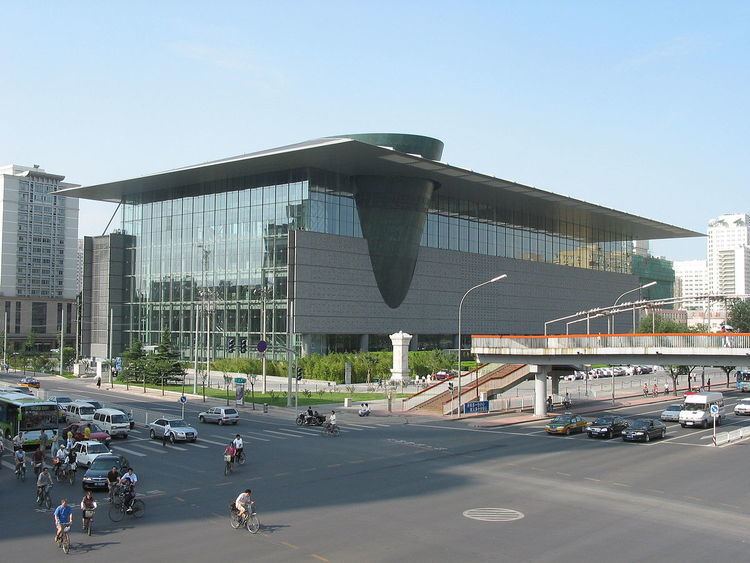Established 1981 Opened 1981 | Phone +86 10 6339 3339 | |
 | ||
Website www.capitalmuseum.org.cn Hours Open today · 9AM–5PMThursday9AM–5PMFriday9AM–5PMSaturday9AM–5PMSunday9AM–5PMMondayClosedTuesday9AM–5PMWednesday9AM–5PM Similar National Museum of China, Collections of the Palace M, Forbidden City, Summer Palace, Shichahai | ||
Capital museum beijing china
The Capital Museum (Chinese: 首都博物馆) is an art museum in Beijing, China. It opened in 1981 and moved into its present building in 2006, which houses a large collection of ancient porcelain, bronze, calligraphy, painting, jade, sculpture, and Buddhist statues from imperial China as well as other Asian cultures
Contents
Part of the museum's collections were formerly housed in the Confucius Temple on Guozijian Road in Beijing.
Inside beijing capital museum china
Overview
The Beijing Capital Museum today contains over 200,000 cultural relics in its collection. Only a small fraction of the collection is exhibited, and a significant percentage of the museum's art collection comprises artifacts unearthed in Beijing.
The Capital Museum was established in 1981 with a collection of some 83,000 objects. Although the museum pales in comparison to the visitors received in other major art museums in Beijing, such as the Palace Museum in the Forbidden City, the National Museum of China, and the National Art Museum of China; it has since then became one of the leading cultural institutions in the city, with the first five months of 2007 receiving more than 166,000 visitors.
The present Capital Museum's building's massive roof and the gradient at the entrance square is the work of architects Jean-Marie Duthilleul and Cui Kai and was influenced by the design from ancient Chinese architecture, and the stone-made exterior wall was meant to symbolize imagery of the city walls and towers in ancient China. A piece of danbi (a massive stone carved with images of dragon, phoenix and imperial artifacts) is embedded on the ground in front of the north gate of the museum, whereas a decorative archway from the Ming Dynasty is set in the receptional hall in which shows the "central axis" feature that are commonly seen in Chinese architecture. The Bronze Exhibition Hall, which has an oval-shape, was also meant to symbolize the unearthing of ancient relics by its slanting design in which extends from the ground to the exterior of the museum.
